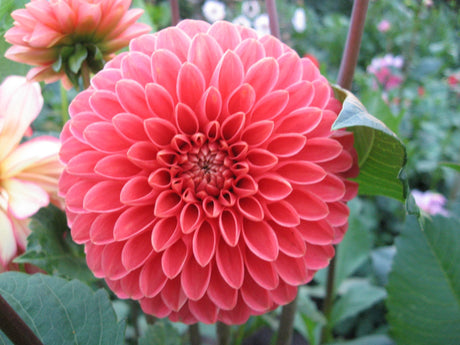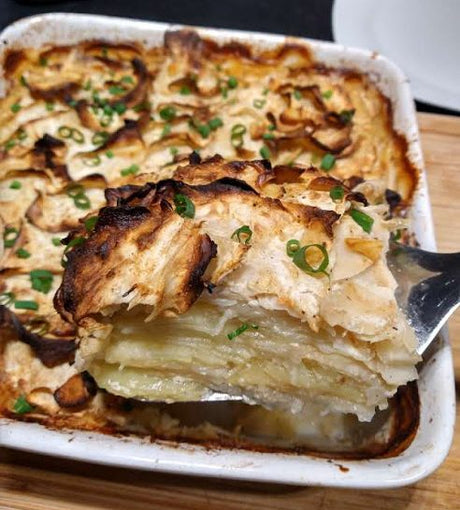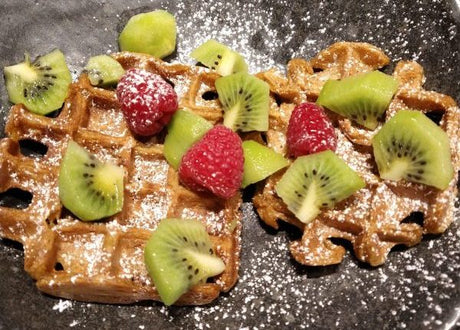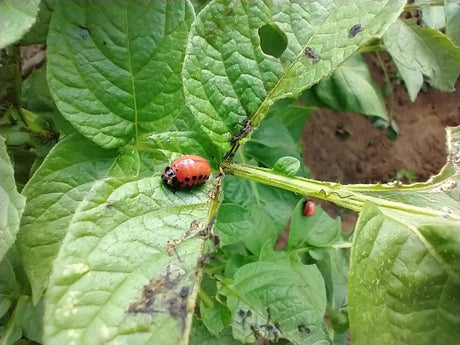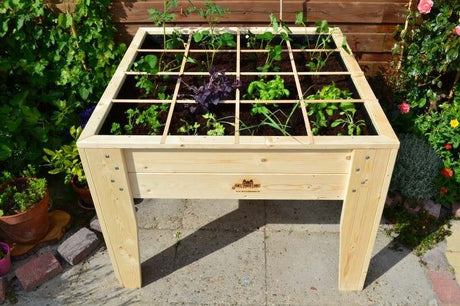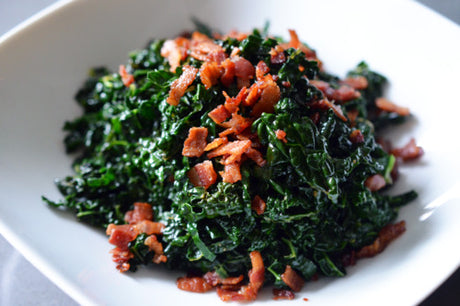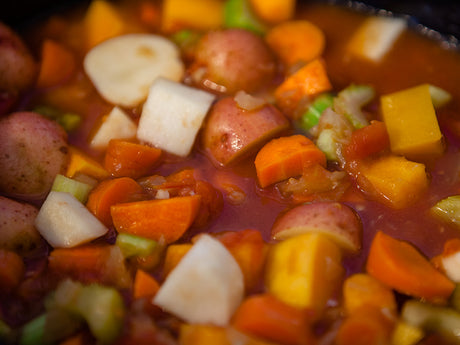The benefits of soft fruit
Soft fruit is a favorite in many gardens because it produces yields relatively easily, while buying it in the store is incredibly expensive. All soft fruit varieties are perennials. You plant them once, and with a little proper care, you can harvest from the same plant for years to come.
Self-pollinating or cross-pollinating
There's a huge selection of soft fruits , and each type has many different varieties. In this blog post, I'll try to describe all the soft fruit varieties and say something about the ones we have or have had. I'll also mention whether some varieties are self-pollinating or cross-pollinating . Cross-pollination requires multiple plants to produce fruit, or even a male and female plant. In fact, even though all varieties are self-pollinating, cross-pollination produces more fruit. Many of these varieties are available in our webshop .
Currant (self-pollinating)
Currants are plants known for their clusters of red, often slightly tart berries. People add them to yogurt and often find them on berry pies. They're easy to grow and thrive in full sun, but also tolerate some shade. Incidentally, there are not only red varieties available, but also white currants and a cross between the two that produces pink. White and pink currants are less popular with birds and are often sweeter . The color is somewhat less spectacular in dishes, however.
Different breeds:
Red
- Jonkheer van Tets (often the variety you find in the supermarket, large berries and good yield)
- Rovada (large berries and long bunches)
- Rotet (tasty berry, moderate production)
White
- White Werdavia (best known for its use in desserts)
- White Pearl (sweet taste)
- White Dutchman (sweet, less susceptible to diseases)
Pink
- Pink Champagne (light pink color, very sweet)
- Rosalinn (light pink color, less sweet than Pink Champagne)
- Sweetwei (large bunches of sweet pink berries)



